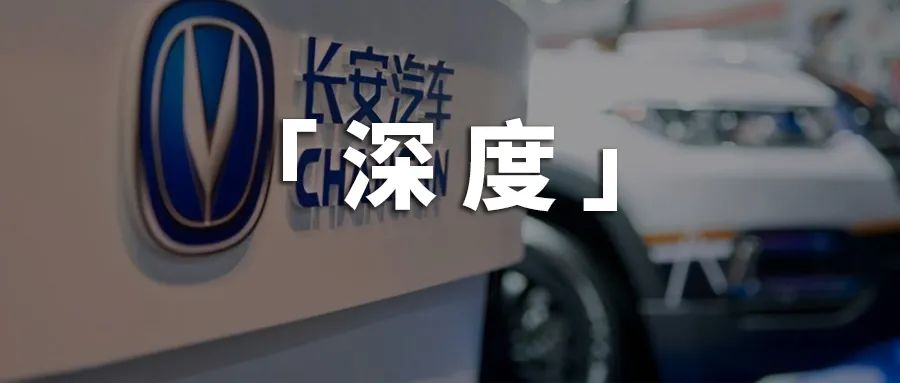Author: Shidi
In this era where everything can be co-branded, Changan, Huawei, and CATL followed the trend.
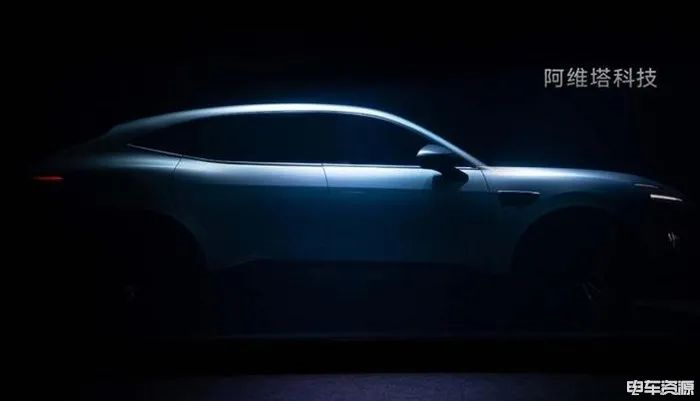
On August 24th, at the 2021 Changan Automotive Technology Ecological Conference, Changan officially released a new high-end new energy brand Avita jointly created with Huawei and CATL; at the same time, it also announced Avita’s first mass-produced car with the code name E11. But it has no real car, only partial concept maps.
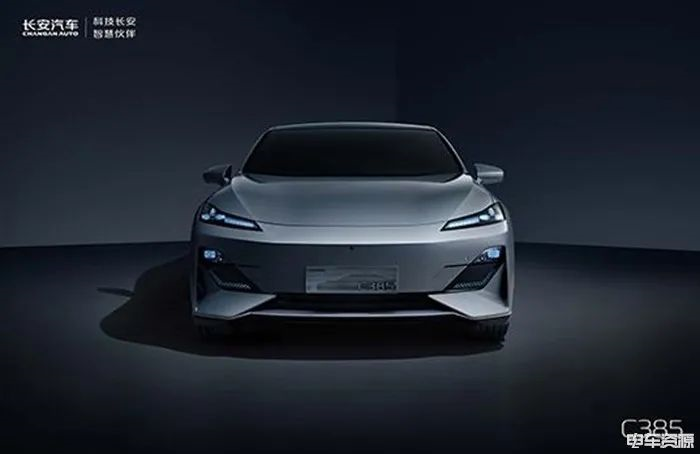
At the same time, taking advantage of the enthusiasm for the announcement of cooperation with Huawei, Changan also released its own new pure electric product-the pure electric C385 of the new Changan automobile platform.
However, on the day when the partnership with Huawei and CATL was announced, two completely different new cars were released together. This move is bound to be suspected of taking advantage of marketing.
This point, capitalists’ eyes are sharp.

On August 23, with the release of the news of cooperation with Huawei and CATL, Changan’s stock price once rose rapidly from a drop of 1.25% to an increase of 5.21%. However, after announcing the preview of Avita’s new car E11 and the new Changan electric sedan C385, the stock price began to fall all the way down on August 24, closing down 4.51% on that day.
Promoting hype is more urgent than making cars
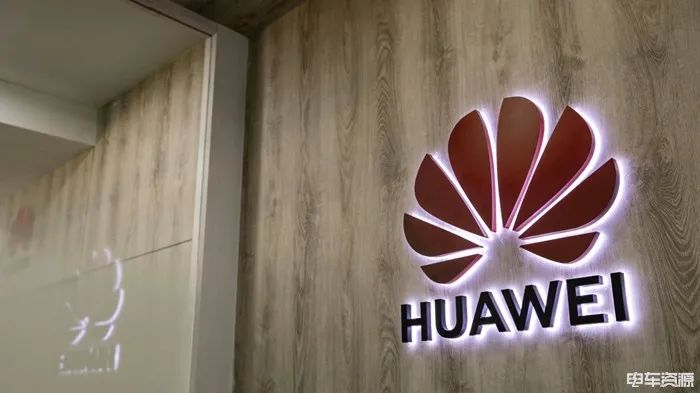
Huawei is a leading global ICT infrastructure and smart terminal provider, and CATL is a leading global new energy innovation and technology company. Bringing these two brands with their own traffic together to “make cars” shows that Changan Automobile understands very well that in the wave of new energy, if they continue to be “low-key”, they can only “bow their heads”.
Looking at the competitors next door: Dongfeng Automobile’s Voyah Automobile has started mass production and delivery, Geely Automobile’s high-end pure electric brand Zeekr Automobile is also about to enter the mass production stage, even Chery has launched the Ant series in a very serious manner.
Changan’s pure electric brand is obviously late in the game.
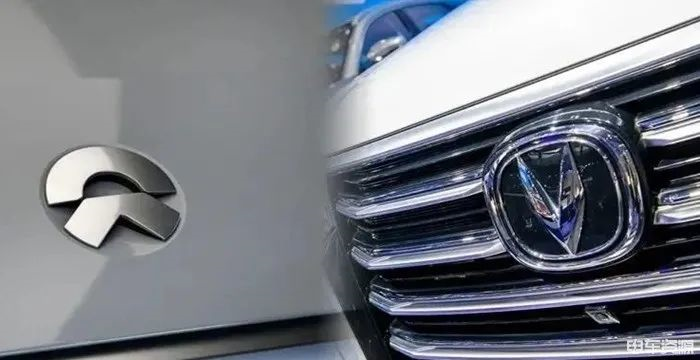 # A brief introduction to Changan’s new EV brand – Avita
# A brief introduction to Changan’s new EV brand – Avita
Avita is a high-end intelligent electric vehicle brand and the fourth sub-brand of Changan Automobile. It belongs to Avita Technology Co., Ltd., formerly known as Changan NIO New Energy Automobile Technology Co., Ltd., which was established on July 10, 2018. Initially, it was a joint venture between Changan Automobile and NIO, but after three years of establishment, neither company had launched any products.
Until June last year, Changan Automobile increased its capital to Changan NIO, and after the capital increase was completed, its shareholding in Changan NIO reached 95.38%. At the same time, NIO’s founder, Li Bin, stepped down as Chairman of the company, and his shareholding was further diluted. Initially, after the news of Huawei and Ningde joining hands with Changan to build a car was released, there was widespread speculation that Huawei might invest in Changan’s subsidiary, Avita.
However, Huawei later reiterated that it would not invest, control or participate in any car company, clarifying each other’s boundaries.
From the information released at this press conference, Huawei and Ningde Times only participated in the preliminary research and development of E11, the first product under Changan’s new brand Avita. It is understood that the model will be equipped with Huawei’s HI (Huawei Inside) full-stack smart vehicle solution and Ningde Times’ latest electrification technology. E11’s design model was already completed in May this year, and it has entered the vehicle commissioning stage. The actual vehicle is expected to debut at the end of this year at the earliest and will be officially released in late 2021.
Most likely, the E11 is similar to the Huawei HI solution package that landed on the Beijing Auto ArcFox Alpha S earlier. And Ningde Times’ electrification technology is most likely the supply relationship of power batteries.
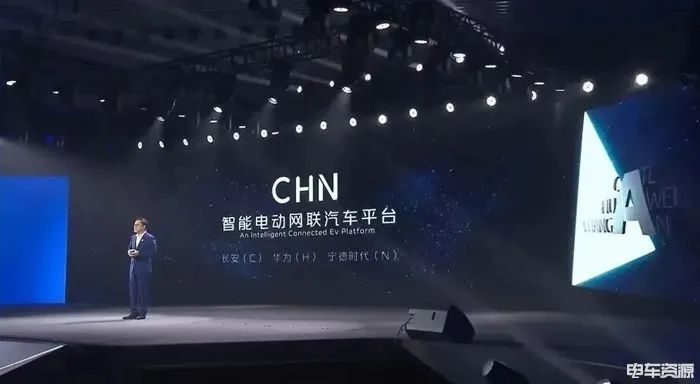
However, more important than the product itself is the intelligent electric vehicle architecture, which is the foundation for the scale and intelligence of electric vehicle models. Changan, Huawei, and Ningde Times will jointly build the CHN platform, where “C” represents Changan,”H” represents Huawei, and “N” represents Ningde Times. From the naming order, it can be seen that Changan occupies a dominant position in the three-party joint venture.
Regarding the CHN platform, Changan only provided the following description: “Starting from future scenario user value and services, it reconstructs the relationship between hardware and software, explores and expands new product forms, and leverages their respective advantages in vehicle integration, software technology, and battery fields.”
At the same time, Zhu Huarong stated that in the next five years, an estimated total investment of ¥150 billion will be made throughout the industry chain to create a technology ecosystem for the company and accelerate the construction of software and intelligent capabilities. By 2025, the proportion of intelligent software talents is expected to reach 50%.
 The new car displayed in a grand manner is the C385, an electric sedan under the Changan brand, which is touted as the prelude to the “Shangri-La Plan”.
The new car displayed in a grand manner is the C385, an electric sedan under the Changan brand, which is touted as the prelude to the “Shangri-La Plan”.
In terms of technology, the C385 boasts two advanced black technologies that have been released in advance:
First, it is equipped with the industry-leading APA7.0 remote unmanned customer parking system, which autonomously queues up, automatically passes through the gate, automatically finds a parking space, and automatically parks the vehicle, all without the need for user monitoring.
It also features the world’s first electric-drive high-frequency pulse heating technology, which can achieve 20°C of heating in just 5 minutes at a temperature of -30°C, coupled with waste heat recovery technology to improve the cruising range by 40-70 KM.
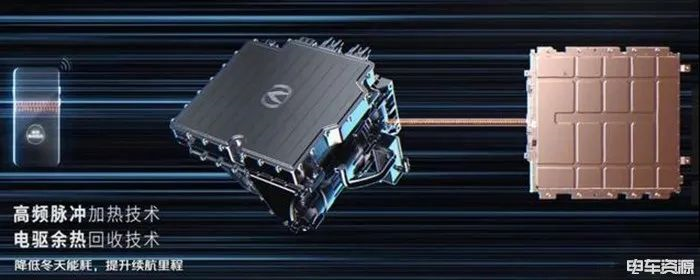
In addition, terms such as large mobile intelligent and computing terminals, new energy storage units, third-generation intelligent mobile spaces, and data acquisition carriers have become commonplace in today’s automotive industry.
Flag-making session
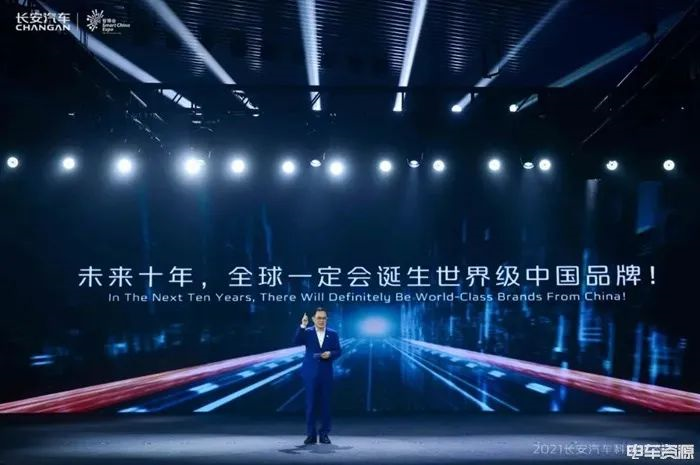
“In the next 10 years, world-class Chinese brands will emerge globally, and Changan Automobile will be among them,” said Changan Automobile Chairman Zhu Huarong, announcing the latest sales targets for the Changan brand after two new concept cars were unveiled.
Zhu Huarong stated that by 2025, Changan brand sales will reach 3 million units, with new energy vehicles accounting for 35%; by 2030, sales will reach 4.5 million units, with new energy vehicles accounting for 60%, and overseas sales accounting for 30%.
However, based on Changan Automobile’s current sales figures, it may not be difficult to surpass the total sales, but it may be difficult to exceed the sales of new energy vehicles. Changan Automobile sold over 1.2 million units in the first half of the year. Among them, the cumulative sales of Changan’s own-brand cars from January to June totaled 966,000 units, while the Changan series exceeded 650,000 units, accounting for 67% of the sales of its own-brand cars and more than half of the total sales of Changan Automobile Group. In terms of new energy vehicles, cumulative sales from January to June were only 37,000 units, accounting for 3.8% of the sales of its own-brand vehicles.
It can be said that Changan is still relying on fuel-powered cars to sustain its performance.
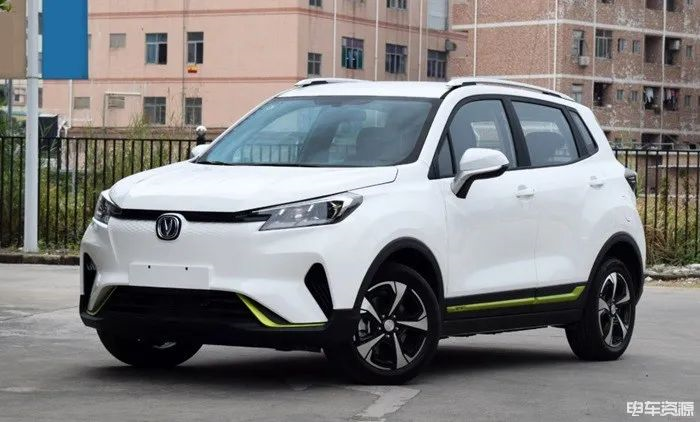
Looking at the current new energy vehicles on sale from Changan, they are all “oil-to-electricity” models without exception. For example, the Changan new energy E-Pro, the Yidong EV, and even the E-Star, which competes with the Hongguang Mini EV, all came from the original Changan Benben “oil-to-electricity” transformation.
Final words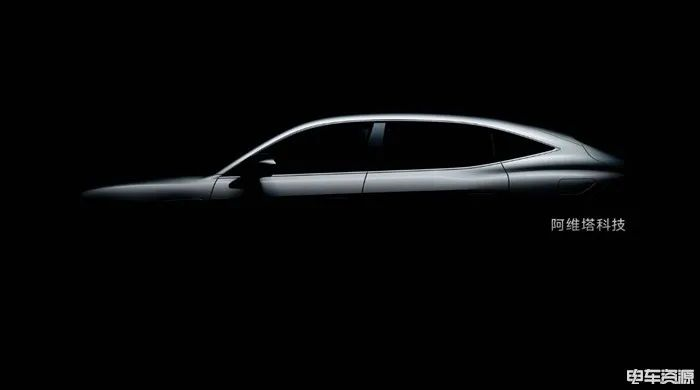
Apart from the two new cars, we should just treat the bragging words like “painting a pie” with a grain of salt. After all, the most urgent issue facing Changan is to find a suitable positioning for the Awake brand or, in simpler terms, an appropriate opponent.
From the current signs, it is highly likely that Awake will eventually target the 200,000-300,000 yuan range, but for a new brand like this, whether facing Tesla head-on or vying with XPeng and BYD for market share, it is definitely not an easy task.
Moreover, merely using “Huawei” as a label will not be able to sustain a truly high-end brand.
This article is a translation by ChatGPT of a Chinese report from 42HOW. If you have any questions about it, please email bd@42how.com.
